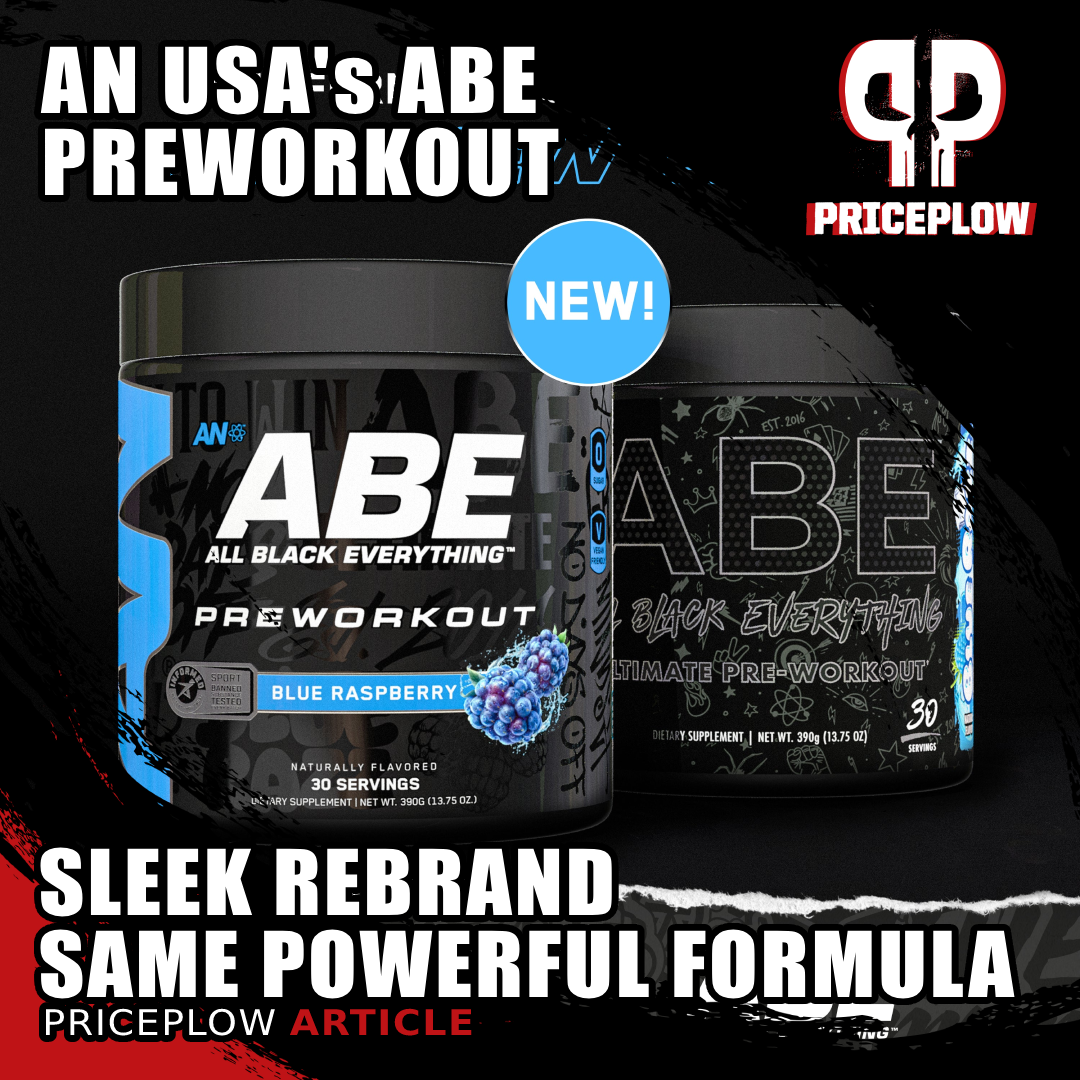
ABE Ultimate Pre-Workout has a fresh look with the same balanced formula! It combines research-backed ingredients for top gym performance.
Recently, we announced that Applied Nutrition was rebranding its American division from All Black Everything (ABE) to AN USA. The pre-workout is coming to Walmart, so you can conveniently pick it up and try it out for yourself.
With a sleek new logo and updated packaging, ABE Ultimate Pre-Workout remains a flagship product under this refreshed identity, maintaining its reputation for delivering potent, research-backed ingredients.
In this article, we'll take a deep dive into each ingredient, from staples in most pre-workouts like citrulline malate and beta-alanine to some more up-and-coming ingredients like Zynamite and Dynamine. That way, you can see how they all complement each other to help you achieve a great pump and top performance in the gym. Stick around for all the details.
Before heading in, sign up for our AN USA news alerts below, and check our ABE Pre-Workout price deals:
AN USA ABE Pre-Workout – Deals and Price Drop Alerts
Get Price Alerts
No spam, no scams.
Disclosure: PricePlow relies on pricing from stores with which we have a business relationship. We work hard to keep pricing current, but you may find a better offer.
Posts are sponsored in part by the retailers and/or brands listed on this page.
Ingredients in the ABE Ultimate Pre-Workout
The ingredients in one serving of ABE Ultimate Pre-Workout are:
-
Citrulline Malate 2:1 - 6,000 mg
Citrulline malate is a powerhouse ingredient in the ABE Ultimate Pre-Workout, delivering 6,000 mg per serving. Citrulline is a conditionally essential amino acid that is crucial in nitric oxide (NO) synthesis, which plays a key role in improving blood flow and nutrient delivery during workouts. At a 2:1 ratio, we have 4 grams of L-citrulline (above clinically-verified doses) and 2 grams of malate (malic acid).
While arginine is the direct precursor to NO, citrulline is a superior ingredient in pre-workout supplements because it has better absorption and bioavailability. When you consume citrulline, your body converts it into arginine, boosting NO levels more effectively than taking arginine itself.[1,2]
The NO upregulation that happens when you take citrulline triggers vasodilation, widening your blood vessels and improving circulation.[3-5]
The result? Enhanced blood flow, reduced blood pressure, and improved oxygen and nutrient delivery to working muscles which can significantly elevate your performance and recovery.[6-11] Plus, it gives you a great pump, which can provide a little extra motivation and a feel-good attitude as you're pushing through those final reps.
Additionally, citrulline increases your body's production of ornithine, which helps clear out metabolic waste products like ammonia, which can cause muscle soreness and fatigue.[12,13]
-
Beta-Alanine - 3,000 mg
Beta-alanine is a staple in pre-workout formulas, and for good reason. Most research has shown it can enhance muscular endurance. This amino acid is a precursor to carnosine, which buffers lactic acid in muscles, helping delay fatigue and extend your workout capacity.[14,15]
A lot of research supports a daily dose of 3,200 mg for optimal results.[16] While the dose here is slightly lower, it's still pretty close, so it should have similar effects.
We're interested in section (B) here, where beta alanine alone shows great results compared to placebo.[16]
Studies have shown that beta-alanine can significantly improve performance in activities lasting from 30 seconds to 10 minutes, making it particularly beneficial for high-intensity interval training and endurance events.[16]
That said, research has also indicated that a dose of up to 6,400 mg may provide even better results if you want to boost performance further.[17-19] In a few studies, participants who took 6,400 mg of beta-alanine for 28 days increased their work capacity by 16.9% and endurance by 14.9%.[17-19] Large doses may also reduce inflammatory markers in athletes to improve recovery.[20]
However, it's not a poor choice to have a lower dose in a pre-workout formula like this. One of beta-alanine's main side effects is it can cause you to feel itchy or cause a tingling sensation when you take it in higher doses.[21]
One solution to prevent itching is to take a couple of smaller doses during the day. For example, you could take this pre-workout and then, later in the day, take a standalone beta-alanine supplement to reap even more benefits over time. But for most of us, we're not concerned.
-
Caffeine Anhydrous - 350 mg
Caffeine anhydrous is a popular choice for pre-workout supplements because it hits quickly and has potent effects on both the body and mind. With 350 milligrams per serving in the ABE Ultimate Pre-Workout, this form of caffeine provides a quick, powerful boost to get you amped up for your training session.
Caffeine works by blocking adenosine receptors in the brain. Adenosine is a chemical that normally causes fatigue, so blocking its production keeps you energized.[22] This results in heightened alertness, reduced perception of effort, and increased energy levels.[23]
Additionally, caffeine is known for its performance-boosting properties. Research has shown it can help improve strength, speed, and endurance.[24] For athletes, this can translate to pushing through those last few reps or shaving off critical seconds during a run.
But the benefits don't stop there. Caffeine also enhances cellular metabolism by inhibiting phosphodiesterase, which leads to increased levels of cyclic adenosine monophosphate (cAMP). Elevated cAMP ramps up fat-burning and overall energy expenditure, making caffeine a performance booster and a potent fat-burning aid.[25,26] Some research has even shown it could increase fat burn by up to 50%.[27]
-
Choline Bitartrate (as VitaCholine™) - 250 mg
Choline is an essential nutrient that plays a role in many bodily functions. Yet many people, especially those on plant-based diets, aren't getting enough of it. This is because most dietary choline comes from animal sources like eggs, meat, and seafood.
The form used in the ABE Ultimate Pre-Workout is VitaCholine™, a high-quality choline bitartrate. This version is known for its superior bioavailability, meaning it's more efficiently absorbed by the body, making it an excellent choice for those looking to boost their choline intake.
Choline is critical for synthesizing phospholipids, which are fundamental building blocks for every cell membrane in your body.[28] It's also a precursor to acetylcholine, a neurotransmitter crucial for memory, mood, and muscle control.[29] Therefore, it could help prime your body and mind for a great workout.
-
L-Tyrosine - 200 mg
L-tyrosine is a versatile amino acid that is a precursor to several key neurotransmitters, including dopamine, adrenaline, and noradrenaline.[30-34] These catecholamines are essential for maintaining focus, motivation, and energy, especially during high-stress situations like intense workouts.
By supporting the production of these neurotransmitters, L-tyrosine helps improve mental clarity and resilience against stress, making it an effective nootropic and anti-stress supplement. However, this is a smaller dose, so we're not sure how well it'll be felt -- but we'll never say no to some.
In addition to its cognitive benefits, L-tyrosine also supports thyroid function. It helps the thyroid gland produce triiodothyronine (T3) and thyroxine (T4), the hormones responsible for regulating metabolism.[35,36]
This is particularly beneficial for those undergoing body recomposition, as intense exercise and caloric restriction can suppress thyroid function, leading to decreased energy levels and slower metabolism. By supporting thyroid hormone production, L-tyrosine can help maintain optimal metabolic rates, aiding in both fat loss and muscle retention.[35,36]
-
L-Theanine - 200 mg
L-theanine, an amino acid found naturally in tea leaves (specifically from the Camellia sinensis plant), is well-known for its calming effects on the brain. Unlike typical sedatives, L-theanine promotes relaxation without causing drowsiness, making it a popular choice for those looking to manage stress and anxiety without feeling sluggish.[37-40]
Synergy with caffeine
One of the standout features of L-theanine is its ability to work synergistically with caffeine. This enhances the positive effects of caffeine while minimizing the potential downsides, such as jitteriness or anxiety.[41] It goes well in a pre-workout formula like this, which contains a substantial amount of caffeine.
Taurine can induce the browning of fat,[42] which is important because brown fat is more mitochondrial-dense and metabolically active!
Overall, L-theanine is a versatile ingredient that enhances mental clarity and focus during workouts and supports overall well-being and recovery, ensuring you're at your best in and out of the gym.
-
Taurine - 200 mg
Taurine is a versatile amino acid that plays several critical roles in the body. It's particularly useful in a pre-workout like this since it can enhance exercise performance and cellular function.
One of its primary benefits is as an osmolyte, which means it helps regulate the water balance within and around cells.[43] This improved hydration status ensures that cells have better access to nutrients, can expel metabolic waste more efficiently, and are more resistant to heat stress. As a result, taurine can enhance both aerobic and anaerobic performance by allowing your cells to work harder and longer.[44]
A 2018 meta-analysis demonstrated that just a single gram of taurine taken before exercise can significantly boost endurance. This effect is comparable to that of creatine but without the need for a loading phase.[45] Unfortunately, we don't have a gram here, so it could be worthwhile adding more taurine in your day if you're interested in endurance.
And if you do add more, consider adding about 1.5 grams more -- a study on endurance-trained cyclists found that 1.66 grams of taurine increased fat oxidation by 16% during a 90-minute exercise session, highlighting its potential for improving metabolic efficiency.[46]
Lastly, taurine acts as a powerful antioxidant and supports calcium signaling in muscle cells, crucial for strong muscle contractions and preventing cramps.[47-49]
-
Zynamite® (Mangifera Indica Extract (Mango Leaf Extract Standardized to >60% Mangiferin)) - 140 mg
Zynamite is PLT Health's Next-Gen Brain and Body Support Ingredient, harnessing the power of ≥60% mangiferin from mango leaf extract
Zynamite® is a unique extract derived from the leaves of the Mangifera indica tree, commonly known as a mango fruit tree. Sold by PLT Health Solutions, it's rich in bioactive compounds, particularly mangiferin, which can cross the blood-brain barrier and support cognitive function by upregulating long-term potentiation.[50] This process helps your brain convert short-term memories into long-term ones, making Zynamite an intriguing nootropic ingredient.
One of Zynamite's standout qualities is its potential synergy with caffeine, amplifying cognitive performance and focus more effectively than caffeine alone.[50] This combination can lead to enhanced alertness, quicker reaction times, and sustained mental energy during workouts, making it a valuable addition to the ABE Ultimate Pre-Workout formula.
In addition to its cognitive benefits, Zynamite has shown it may help improve physical performance metrics like VO2 max and power output.[51-53] Its ability to boost oxygen uptake and utilization can help you push harder during training sessions, making Zynamite an all-around performance enhancer that supports your mind and body.
We've become rather big fans of this ingredient -- you can read more about it in our article titled Zynamite: Next-Generation Brain and Body Support from Mangiferin.
-
Methylliberine 40% (as Dynamine™) - 100 mg
Dynamine™, a patented form of methylliberine, is a purine alkaloid found in Kucha tea leaves. Structurally similar to caffeine, it provides a quick boost in energy, focus, and mood without the jittery side effects often associated with high caffeine intake.
Unlike caffeine, Dynamine has a fast onset and shorter duration, typically peaking within 45 minutes and tapering off smoothly, which helps prevent the typical energy crash.[54]
Research has shown that methylliberine can significantly enhance subjective feelings of energy, motivation, and concentration.
A study from 2020 evaluated methylliberine's impact on cardiovascular health markers over four weeks and found no significant adverse effects, confirming its safety even with consistent use.[55]
-
Senactiv® (Panax notoginseng root, Rosa canina (fruit)) - 50 mg
Senactiv® is a patented proprietary blend of extracts from Panax notoginseng root and Rosa canina (fruit).[56] This ingredient enhances endurance and athletic performance by supporting cellular regeneration and improving VO2 max.
As a senolytic compound, Senactiv helps clear out senescent cells—deteriorating cells that no longer function optimally—making room for new, healthy cells to thrive.[57] This process especially benefits athletes since it promotes muscle recovery and growth.
One of Senactiv's key benefits is its ability to improve glycogen replenishment. One study found that Senactiv enhanced muscle glycogen reloading 2.7 times compared to a placebo, allowing athletes to recover faster between training sessions. Additionally, that same study analyzed the ginseng component of Senactiv and demonstrated a 20% increase in VO2 max, a crucial marker of cardiovascular and muscular endurance.[58]
Furthermore, Senactiv has been found to increase citrate synthase activity by 47%, an enzyme that plays a vital role in ATP production and energy generation within muscle cells.[58] This helps improve endurance and reduces muscle inflammation and oxidative stress.
Additionally, research has shown supplementing with it leads to better inflammation markers, improved muscle damage markers, and lower free radical damage.[59-62] All these effects can help you recover better after workouts.
-
AstraGin® (Astragalus membranaceus (root) Extract and Panax notoginseng (root) (Extract)) - 50 mg
Aaron Heidebreicht is the new CEO of Applied Nutrition's US division. He explained his plans in Episode #130 of the PricePlow Podcast.
AstraGin® is another patented proprietary blend ingredient, marketed as a bioavailability enhancer derived from Astragalus membranaceus and Panax notoginseng roots.[63-67]
Its primary function is to increase the absorption of nutrients, making the other ingredients in the ABE Ultimate Pre-Workout more effective. AstraGin achieves this by upregulating the production of adenosine triphosphate (ATP) in the intestinal lining, which enhances nutrient transport across cell membranes.[68,69]
There's a good deal of internal (yet unpublished) research discussing AstraGin's ability to potentially boost the absorption of some amino acids, vitamins, and other nutrients. There's also a mechanistic study on gut health.[70]
-
Huperzine A (Huperzia serrata (aerial parts) Extract) - 90 mcg
Huperzine A is a natural alkaloid extracted from the Huperzia serrata plant, known for its powerful cognitive-enhancing properties.
It works by inhibiting acetylcholinesterase, the enzyme that breaks down acetylcholine, thereby increasing acetylcholine levels in the brain.[71]
Acetylcholine is often called the "learning neurotransmitter" due to its critical role in memory formation, learning, and cognitive function. By boosting acetylcholine levels, Huperzine A can enhance focus, mental clarity, and memory retention, making it a valuable addition to any pre-workout formula to improve physical and mental performance.
Additionally, research suggests that Huperzine A may promote neurogenesis, which is the growth of new neurons.[72] This further supports brain health and cognitive longevity.
-
Niacin (Vitamin B3) - 40 mg
Niacin, also known as Vitamin B3, plays a key role in energy production and overall metabolic function, making it a great addition to pre-workout formulas.
It helps convert carbohydrates, fats, and proteins into usable energy, which could boost your endurance and performance during workouts.[73] Niacin is also involved in vasodilation, which improves blood flow and oxygen delivery to working muscles, enhancing both the "pump" and nutrient delivery during exercise.[74]
Moreover, niacin has been shown to aid in muscle recovery by reducing exercise-induced inflammation and supporting tissue repair.[75] This helps athletes recover faster from intense training sessions.
Additionally, it has been found to improve cholesterol levels by raising HDL ("good" cholesterol) and lowering LDL ("bad" cholesterol), which supports overall cardiovascular health.[76]
-
Vitamin B12 (as Cyanocobalamin) - 100 mcg
Vitamin B12 is essential for energy production and overall cellular function. It supports the body's energy metabolism by converting food into energy,[77] which is particularly beneficial in a pre-workout context.
For athletes and those engaging in intense exercise, Vitamin B12 aids in the formation of red blood cells,[77] helping maintain proper oxygen delivery and reduce fatigue during workouts.
Additionally, B12 is essential for maintaining nerve health and cognitive function, which can contribute to better focus and mental clarity during training sessions.[78]
Although it doesn't directly enhance exercise performance in non-deficient individuals, it's still a valuable inclusion in pre-workout formulas, especially for those with dietary restrictions or absorption issues, such as vegans and older adults.
-
Sodium - 204 mg
Lastly, we have a 204 mg dose of sodium that comes from sodium bicarbonate - not sodium chloride (salt)!
Sodium bicarbonate acts as a buffer, helping to maintain the body's pH balance during high-intensity exercise.[79] This buffering capacity helps neutralize the acid buildup in muscles, such as lactic acid, which is a byproduct of intense physical activity and often leads to fatigue and decreased performance.
A review by the International Society of Sports Nutrition highlighted that sodium bicarbonate is especially effective in short-duration, high-intensity activities like sprinting and high-intensity interval training (HIIT).[80]
This makes sodium bicarbonate a nice ingredient to round out the ABE Ultimate Pre-Workout, with a few added benefits for performance and recovery.
Flavors Available
Conclusion: Same Formula, New Label, More to Co me!
me!
The recent rebrand to AN USA highlights Applied Nutrition's commitment to innovation and quality, and we're excited to see where the next round of "AN Performance" formulas heads.
Overall, we believe this is a well-balanced formula that will give you a high-quality mental and physical boost for great performance in the gym. All the ingredients seem to complement each other, from citrulline malate, helping you get a great pump, to ingredients like Zynamite and L-theanine working synergistically with caffeine to boost its effects.
If you're in the market for a great pre-workout that doesn't have any massive anxiety-inducing ingredients or banned stimulants, we recommend trying this one out.
AN USA ABE Pre-Workout – Deals and Price Drop Alerts
Get Price Alerts
No spam, no scams.
Disclosure: PricePlow relies on pricing from stores with which we have a business relationship. We work hard to keep pricing current, but you may find a better offer.
Posts are sponsored in part by the retailers and/or brands listed on this page.
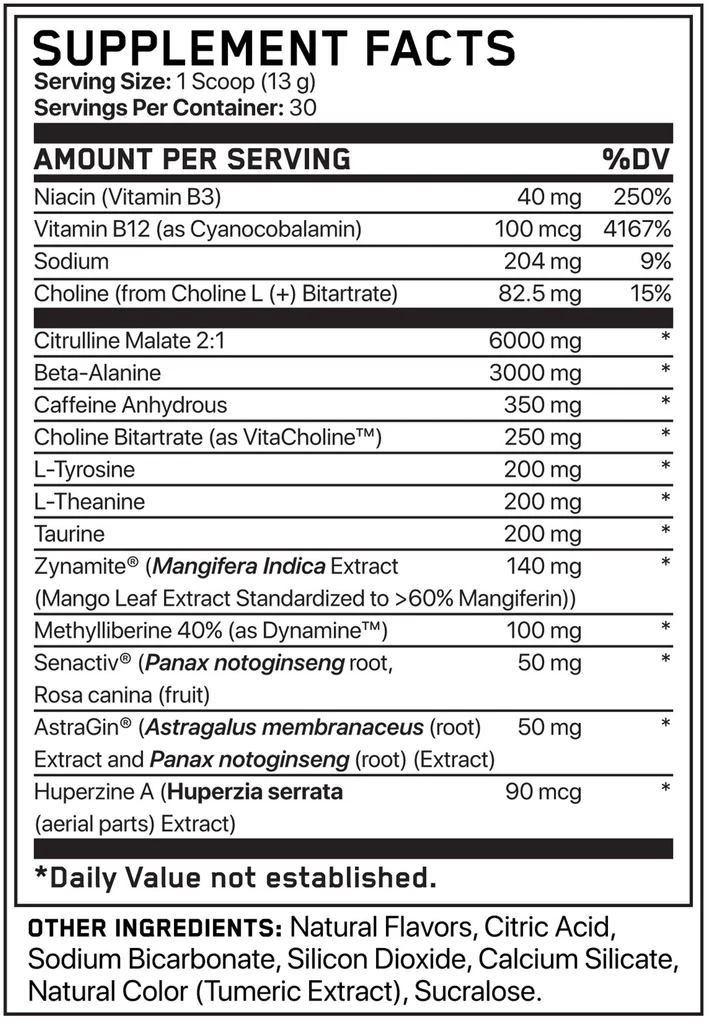
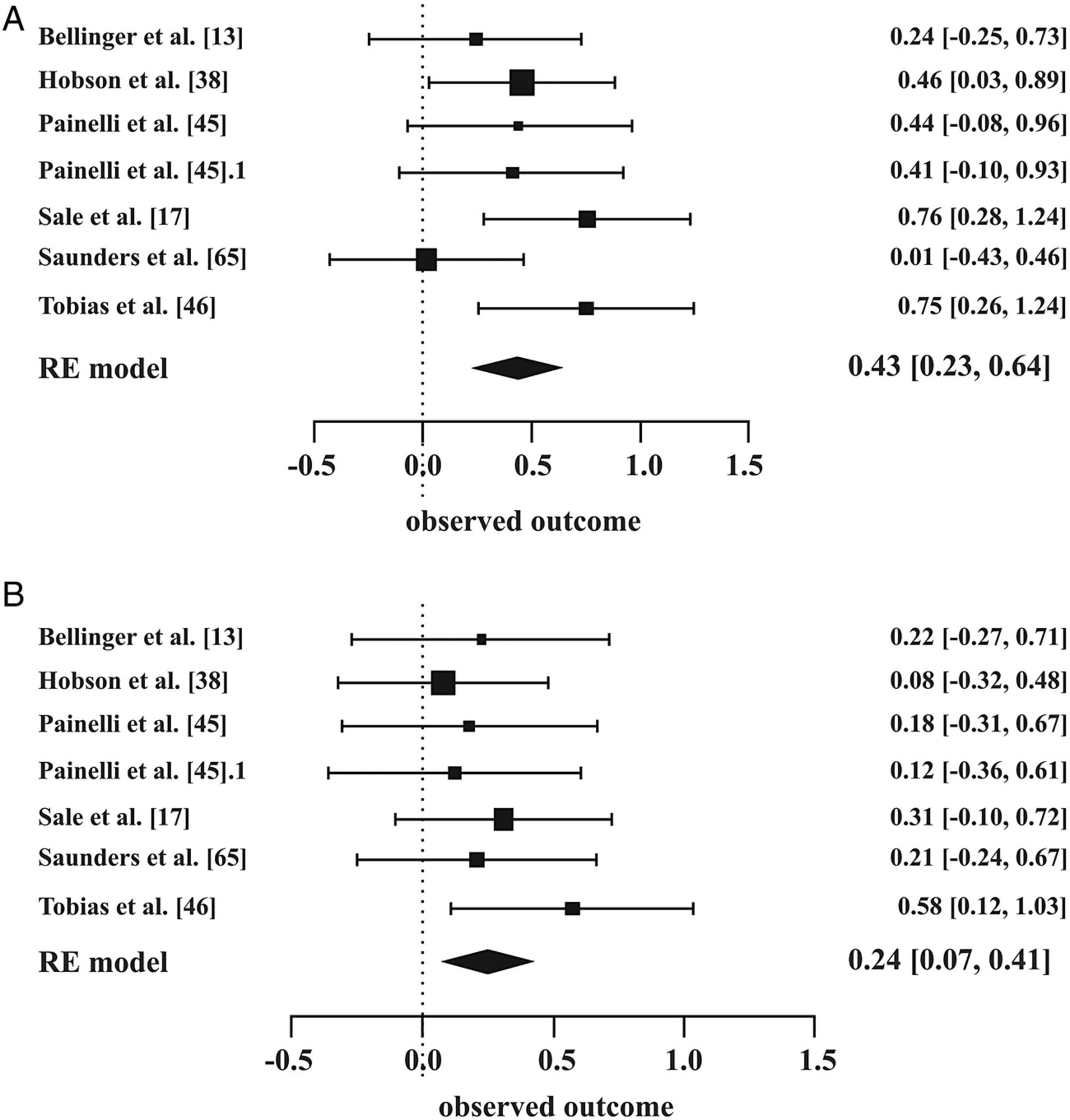
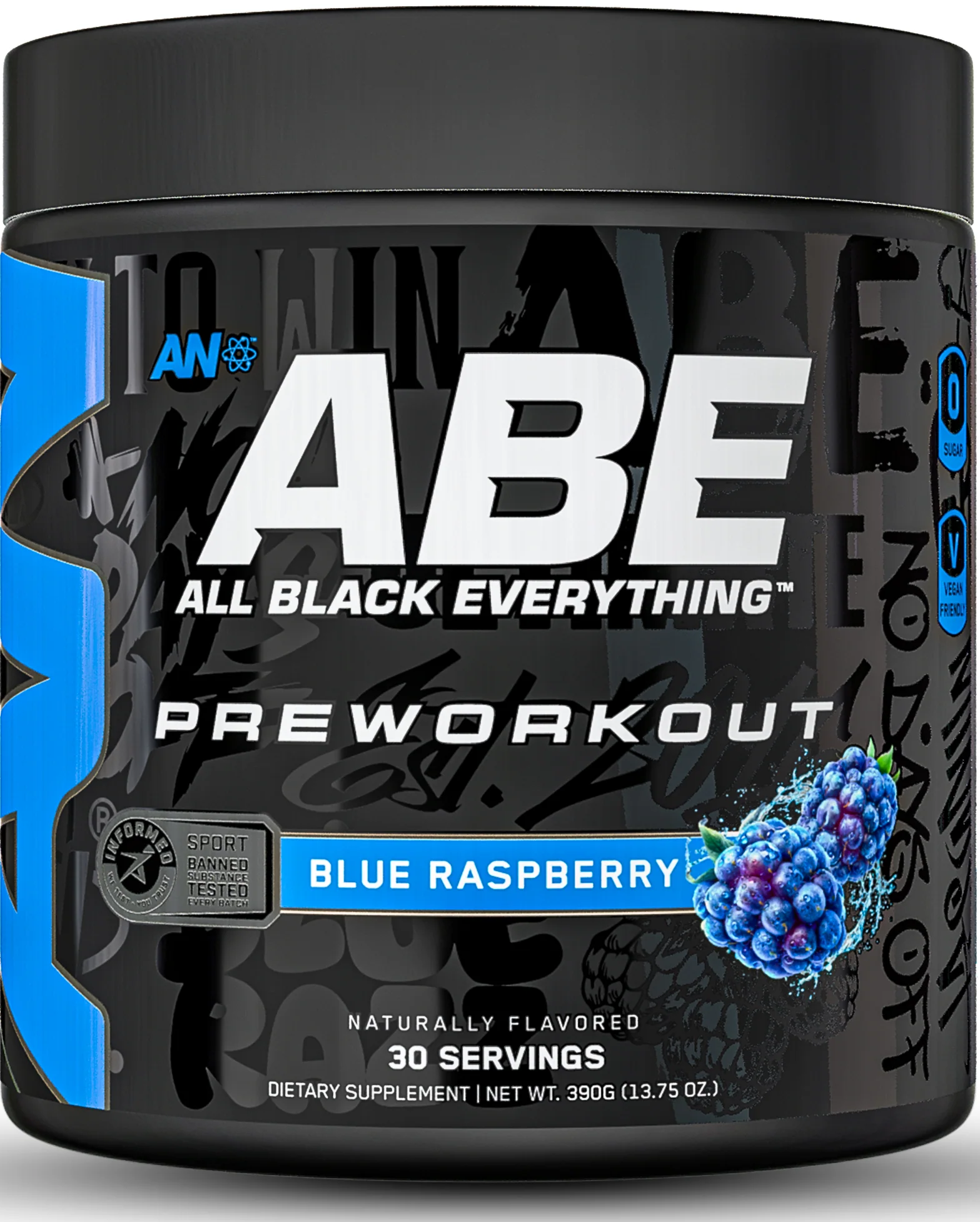
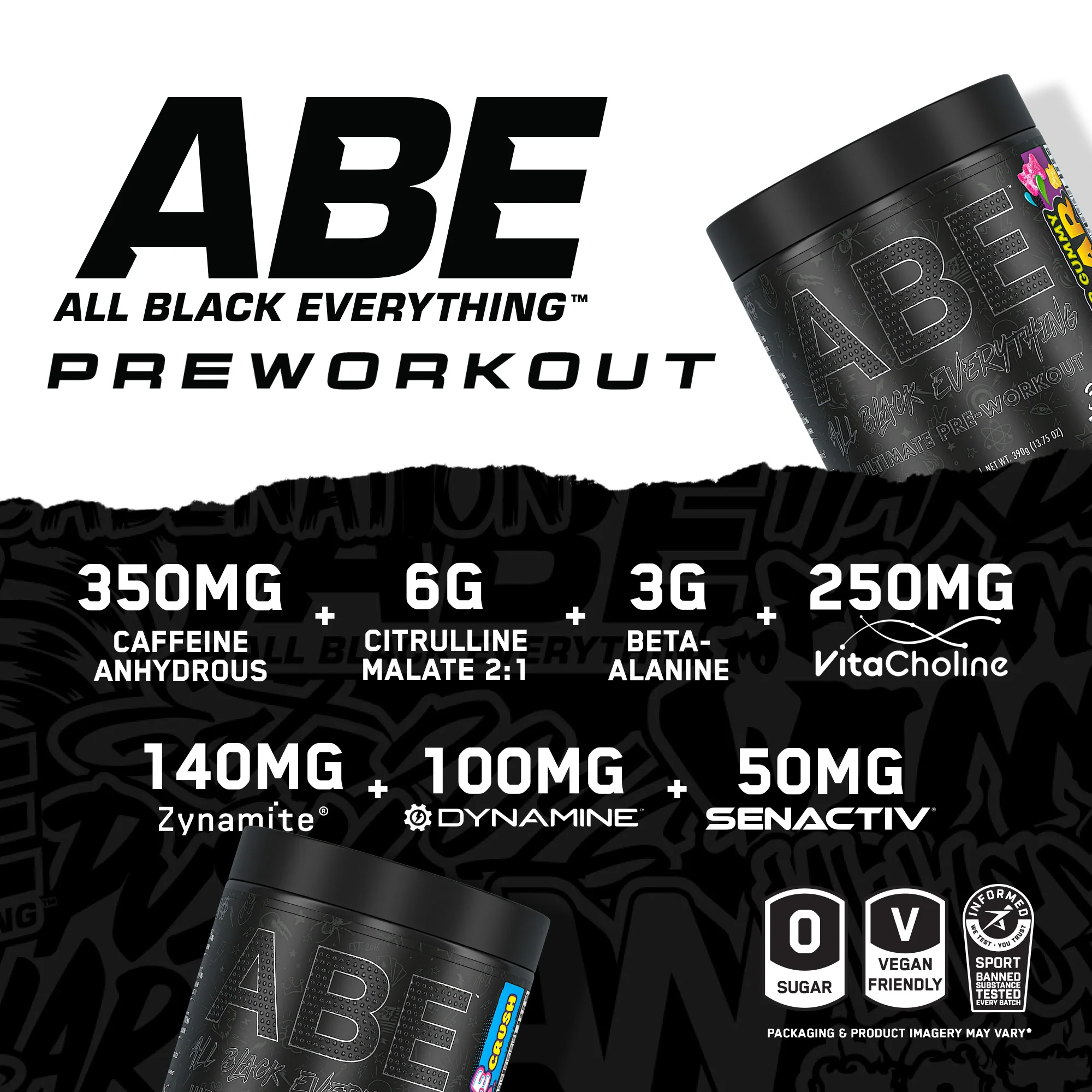
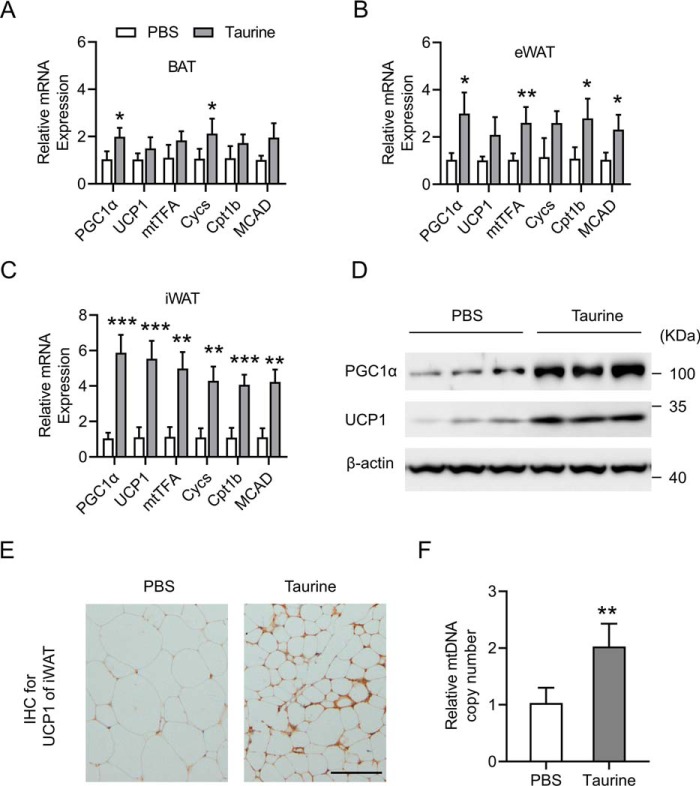
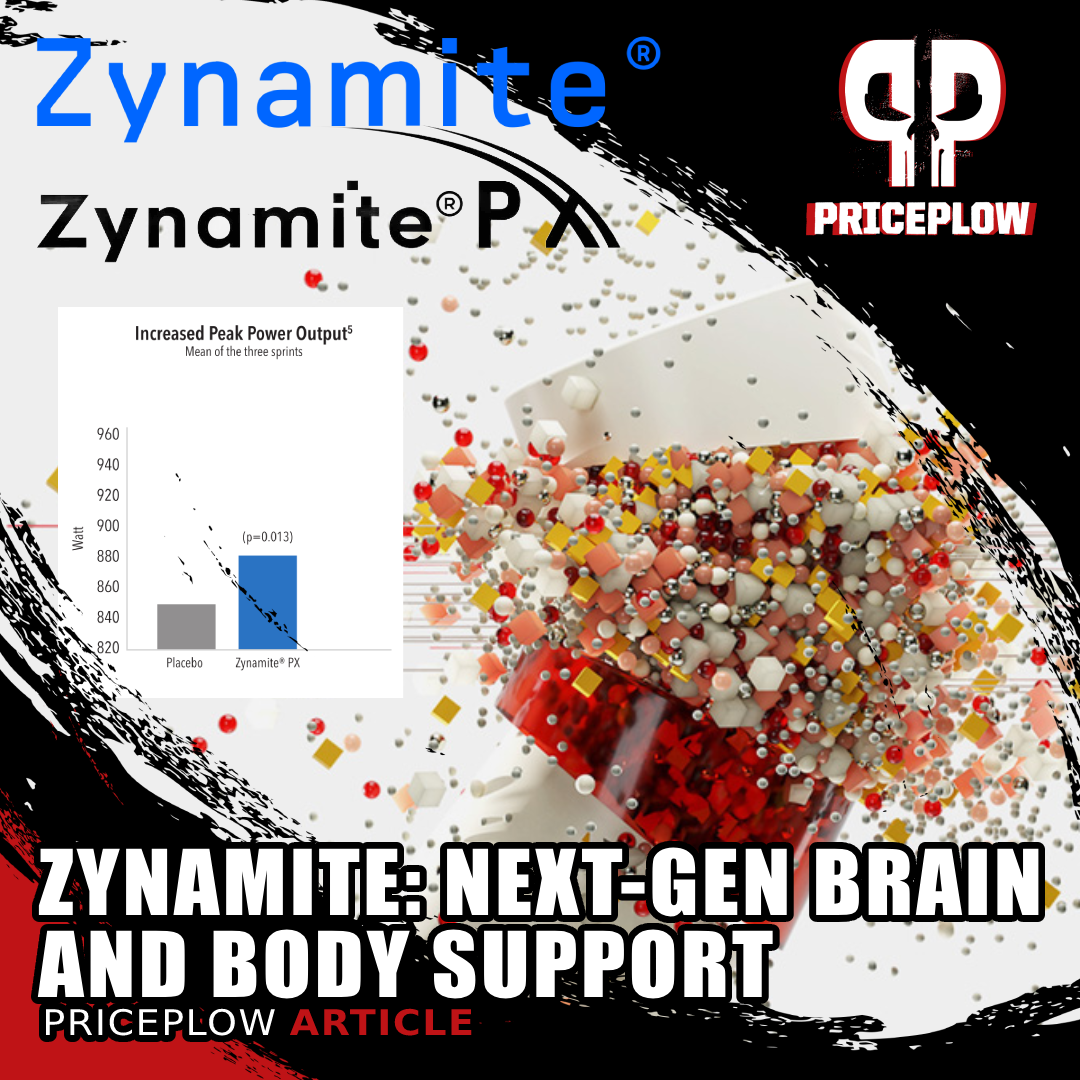
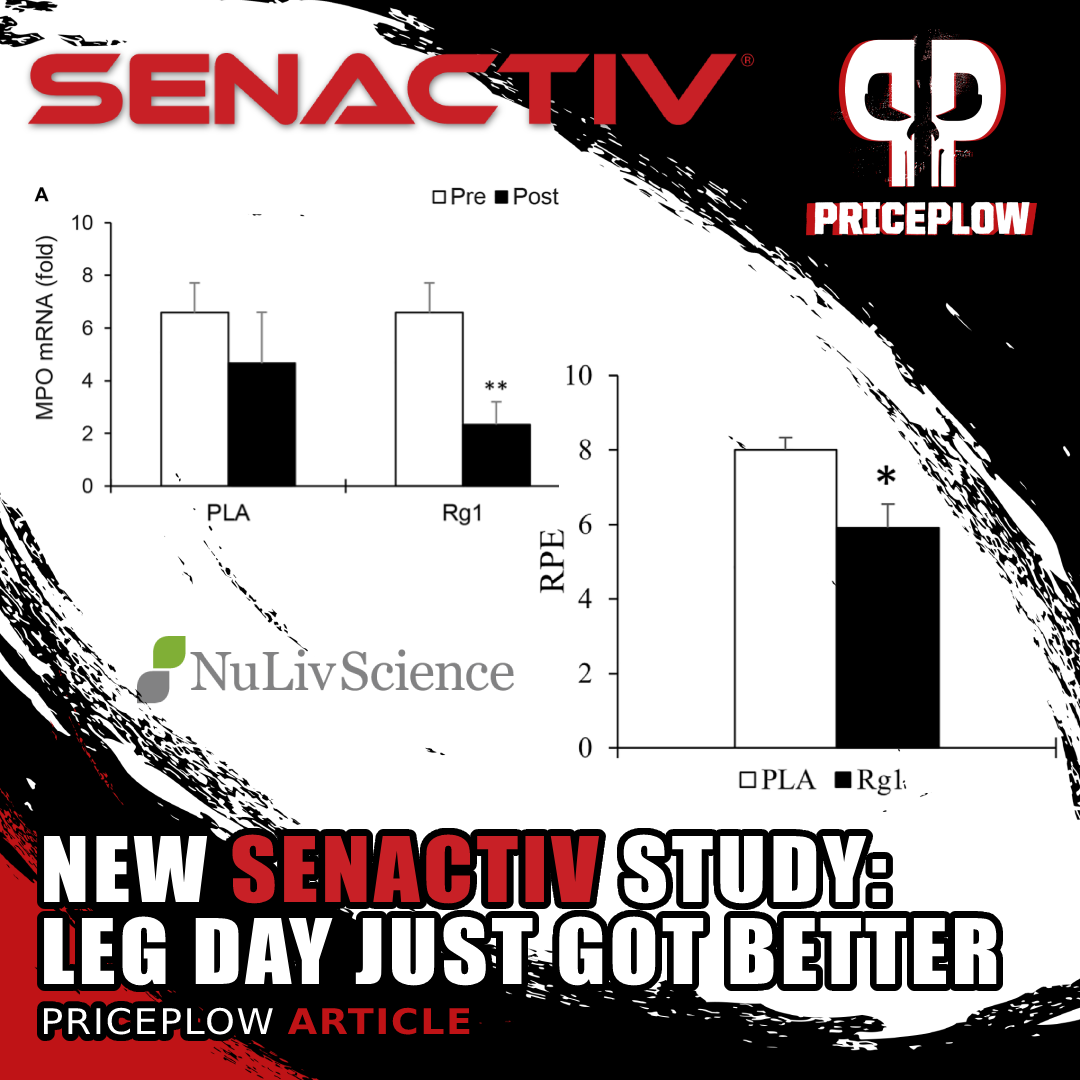
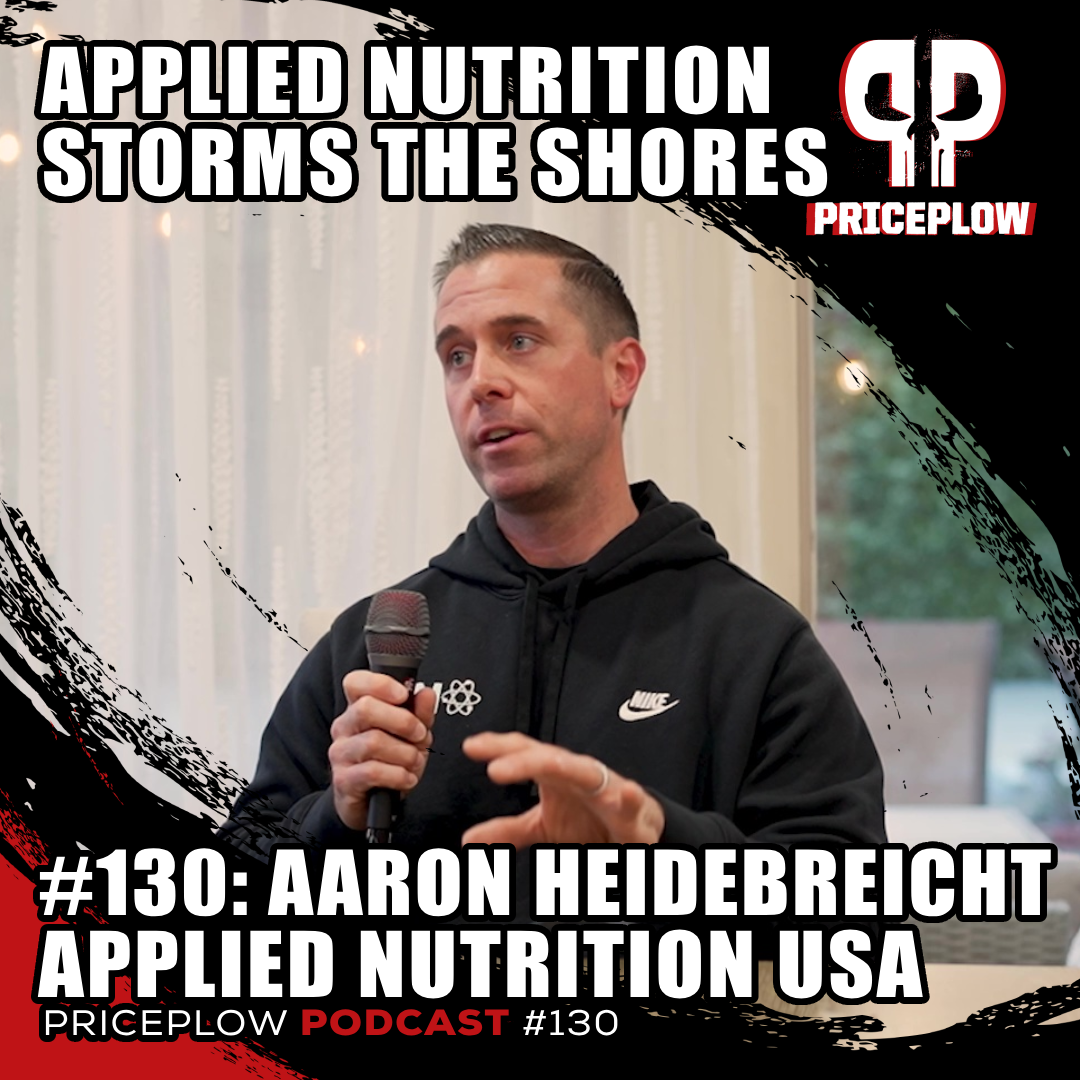
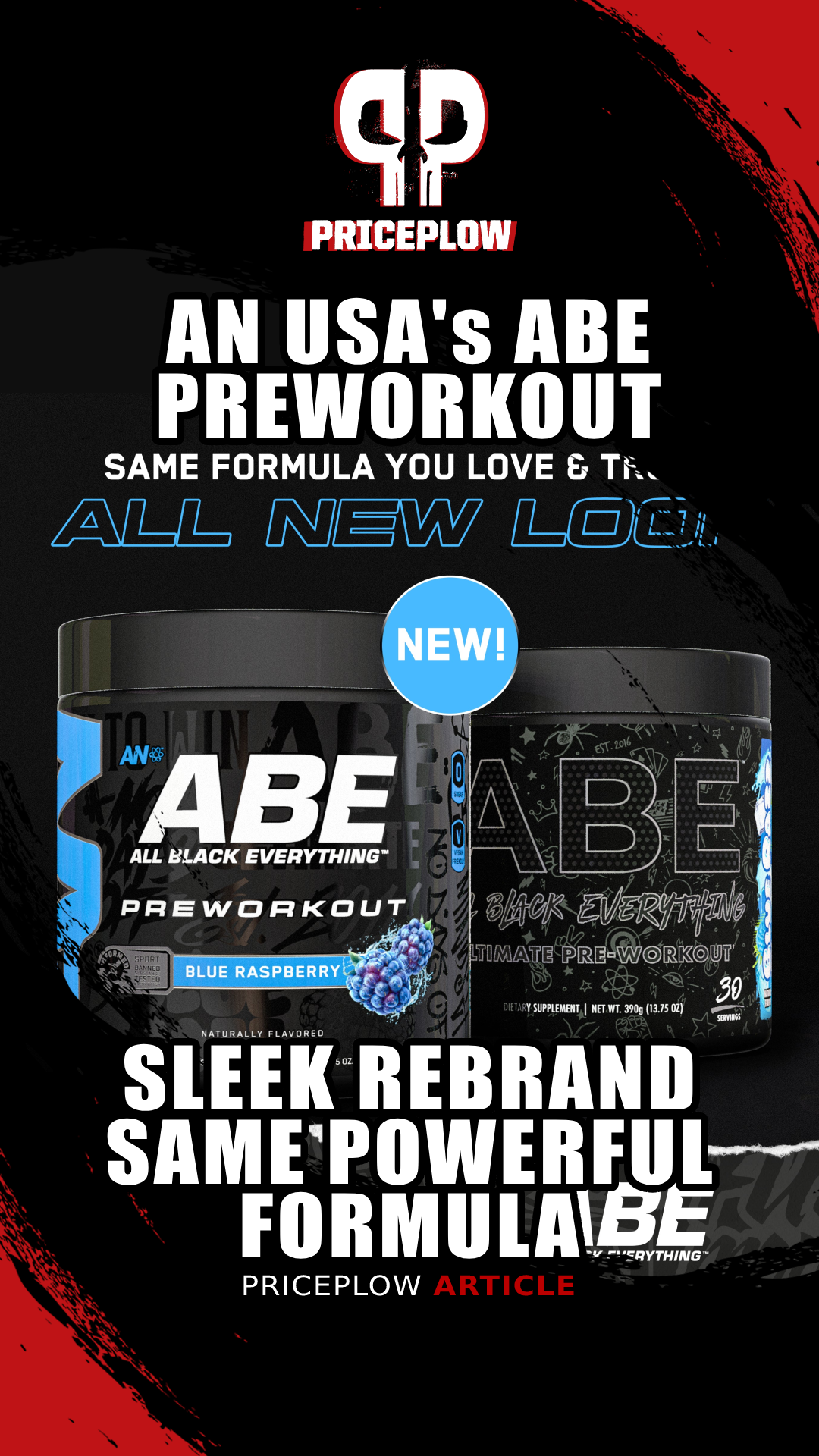
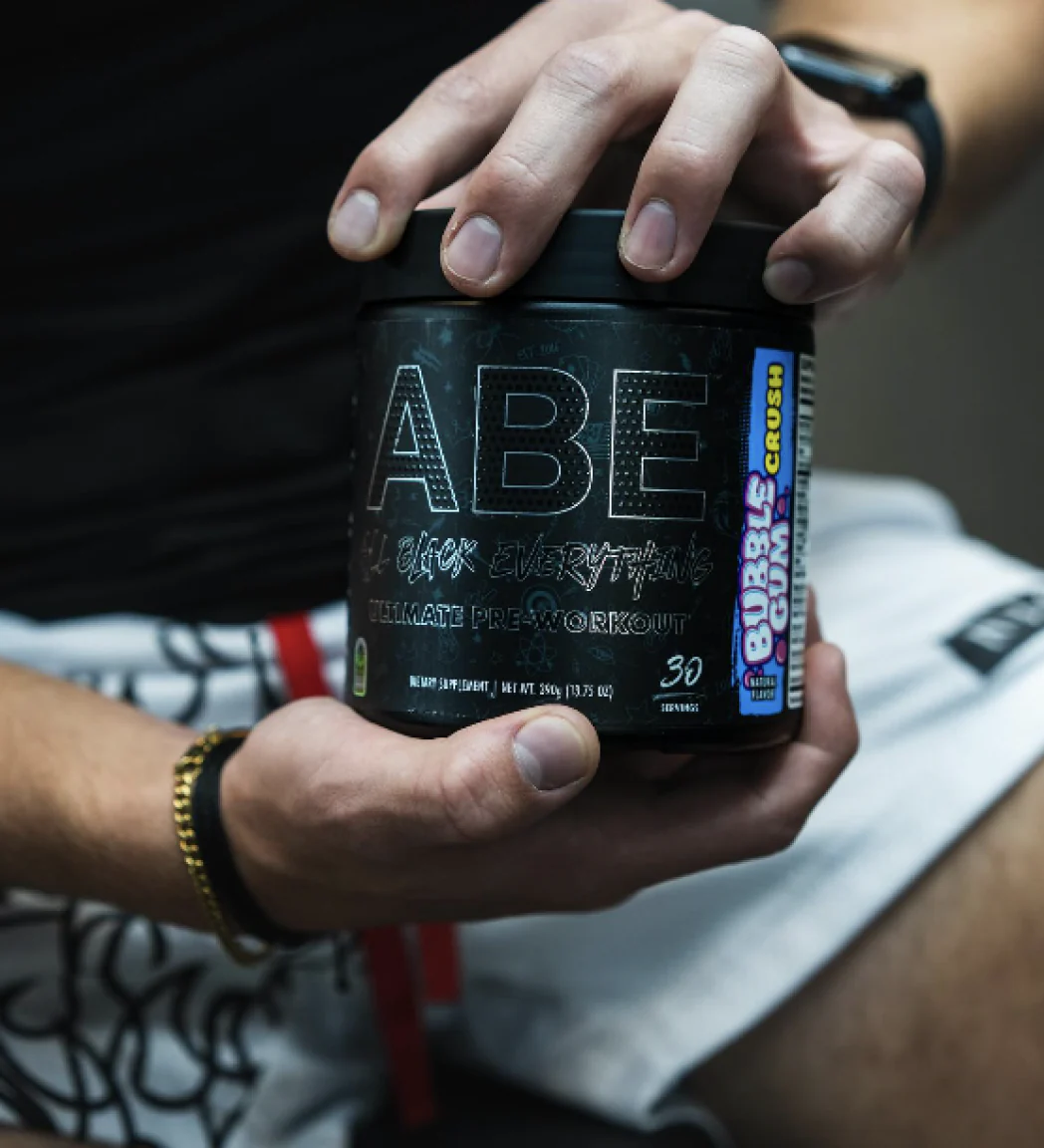
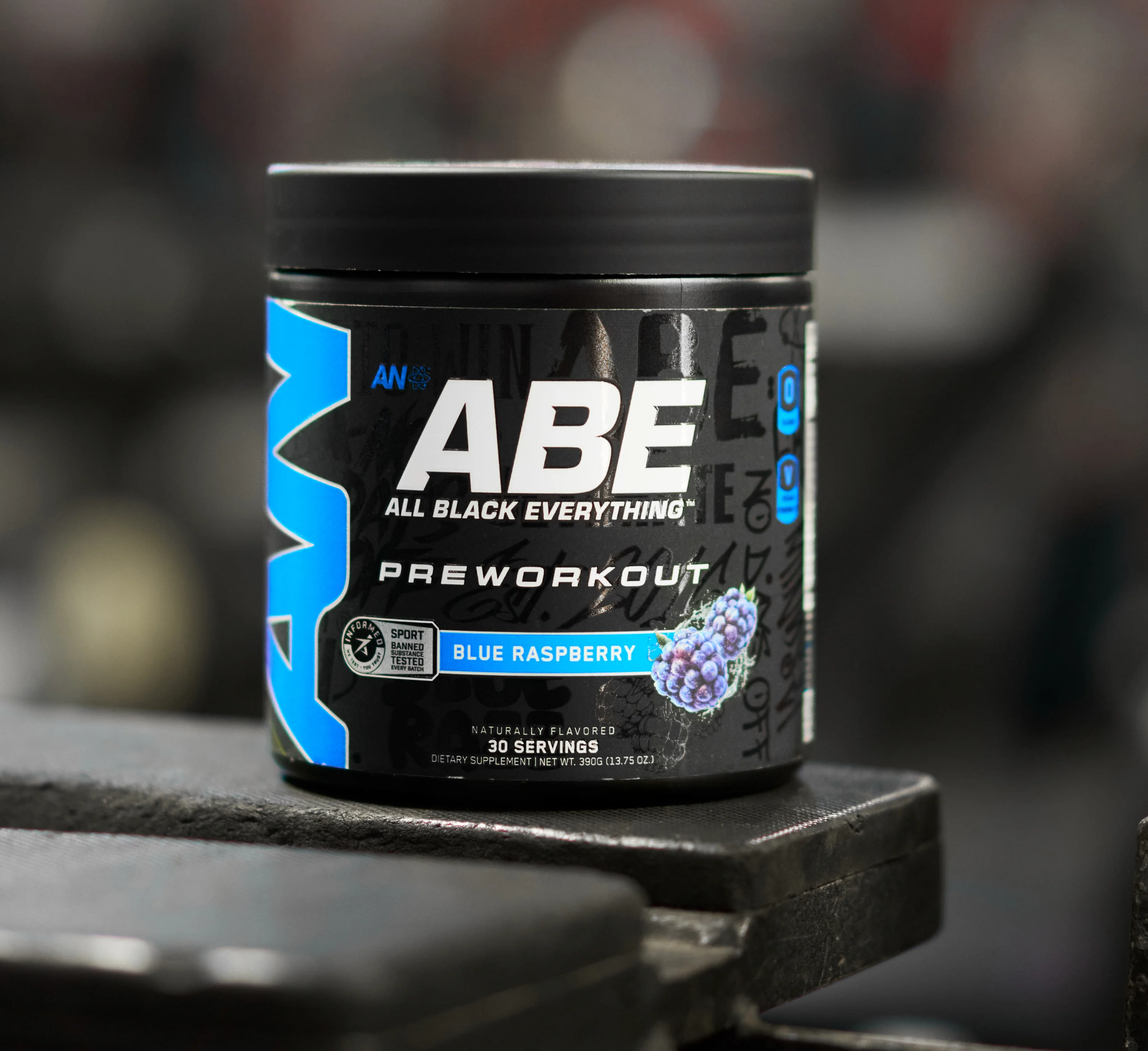


Comments and Discussion (Powered by the PricePlow Forum)